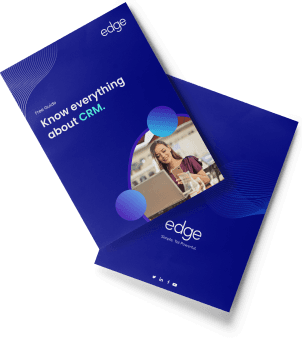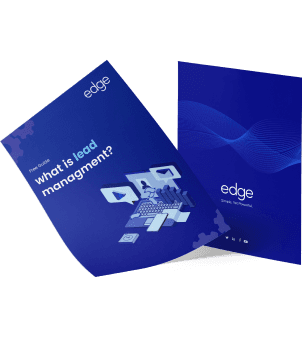A sales funnel is a diagram that represents the passage that a probable customer goes through from initial contact till the purchase has taken place. The sales funnel usually has three divisions known as the top, middle, and bottom of the funnel. This can vary based on the model adopted by the sales team.
The sales funnel is important as it provides the sales team with an insight into the process by revealing the customer’s thoughts at each stage of the journey. It can help the team to identify the places where they can modify their sales strategy and make it more attractive for prospective customers.
In this article, we will be covering all the aspects related to a sales funnel.
Let's get started.
What are the stages of the sales funnel?
The most common stages of the sales funnel are Attention, Interest, Decision, and Action. Each of them is described in detail below:
1. Awareness
The first stage of the sales funnel is awareness as it is the stage where prospective customers gain awareness of the product and services offered by your company. The prospective customer gets to know about the product through social media, advertisements, or direct contact. One of the best ways to reach prospective customers is through creating content like articles, podcasts, social media marketing, webinars, and paid searches.
2. Interest
Now that the prospective customer is aware of the product offered, they might be interested in looking for more options and evaluating your product. They are more likely to research your product and blogs, articles, social media can further help to move them towards the next stage of the sales funnel.
3. Decision
The prospective customer, after thorough research of the product, might find themselves in the decision stage of the sales funnel. In this stage, the prospects are in a position to have maximum information so that they can decide confidently whether to buy the product or not. The best way to get them to the end of the funnel is to make them the best offer by keeping an eye on your competitors. You can provide them with offers like discount codes, free delivery, coupons, and so on.
4. Action
Lastly, the customer has decided to purchase the product. The task here is to make the action process go smooth with clear call to action buttons on each content page. A few ways in which the action process can be made easier are, firstly, by making the payment process simple, all shipping and processing time is mentioned clearly, providing any other instructions if necessary, and letting them know they can contact you in case of any other query.
Partnering with a third-party logistics provider can make the promises you place in your call-to-action buttons stick. A good 3PL links its order-management APIs to your storefront so inventory stays in sync and shipping estimates update automatically. Orders that land before the daily cutoff often go out the same day, while real-time tracking feeds back into each customer record to head off “where’s my package?” queries. Fast, 48-hour returns loops keep refunds on schedule and inventory available. Rush Order is one example: its 99.9 % pick-and-pack accuracy, same-day fulfillment, and integrated returns portal illustrate how the right logistics partner can make the Action stage feel effortless for shoppers, and far less stressful for your team
How to build a sales funnel?
The sales funnel requires effort to be effective. The proper sales funnel structure needs continuous experimentation to work. The building of sales funnels starts with a prospective customer whom you can track based on their behaviour and engagement to sort their place in the sales funnel.
The following are a few steps that will help you create a sales funnel:
1. Conduct research on your intended audience
The most important role is played by the audience. Therefore, it is essential to learn more about them and figure out who they are, what their pain points are, what they need, on which social media platform they are most active on, their purchase history, and so on. The sales funnel will be more effective when you have complete knowledge of the audience. The main goal is to reach the people who are more likely to purchase your product.
2. Create buyer personas
There are multiple kinds of people who are more likely to buy your product and might not fit into one category. Thus, you might need several funnels. The best way to overcome this complexity is by creating buyer personas.
A buyer persona is a representation of an actual customer who is more likely to buy your product. The previous research will inform you about the characteristics associated with each persona, such as their age, gender, occupation, education level, socioeconomic status, hobbies, interests, and so on. You can also gather information by conducting surveys, interviews, focused group discussions on the existing customers.
3. Marketing strategy
The way to create awareness is by creating campaigning strategies to drive traffic in one place. The most common ways to promote the product or services offered are social media marketing, guest posting, influencer marketing, outbound email campaigns, and search engine optimization. There are a handful of options to choose from to drive traffic. You can use multiple strategies to reach your audience.
4. Develop an audience engagement strategy
Engaging the prospective customer involves keeping them enthusiastic about considering the product or services. The content for this step requires you to be highly sophisticated and reliable. Make sure they do not lose interest or be too overwhelmed. You need to keep a balance and keep them interested.
5. Create a conversion strategy
It is the time to get them to buy the product using sales calls, webinars, sales emails, and squeeze pages. The content should aim at providing them with solutions, like if they are concerned about the price, then provide them with an offer of flexible payment or money-back. You can put some customer testimonials and positive reviews.
6. Follow-up
The person might or might not buy the product. Regardless, follow-up with the customers might end up buying the product or services in the future.
Conclusion
Developing and enhancing the sales funnel is a time-consuming task, but it proves to be the most efficient way to stand out in the market. Thus, invest some time to create a sales funnel that is most suitable for the company, sales team, and ultimately for the customers.












